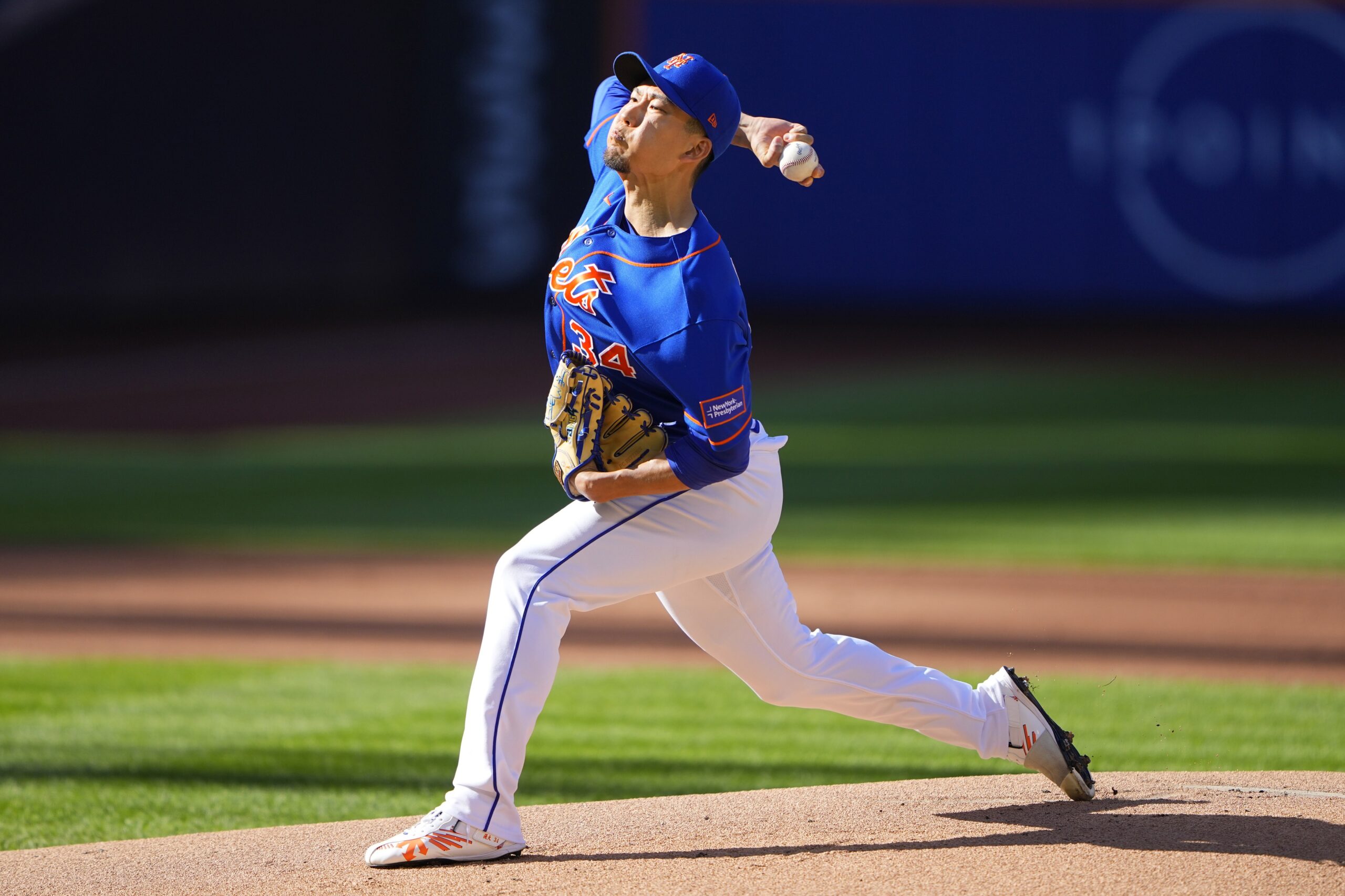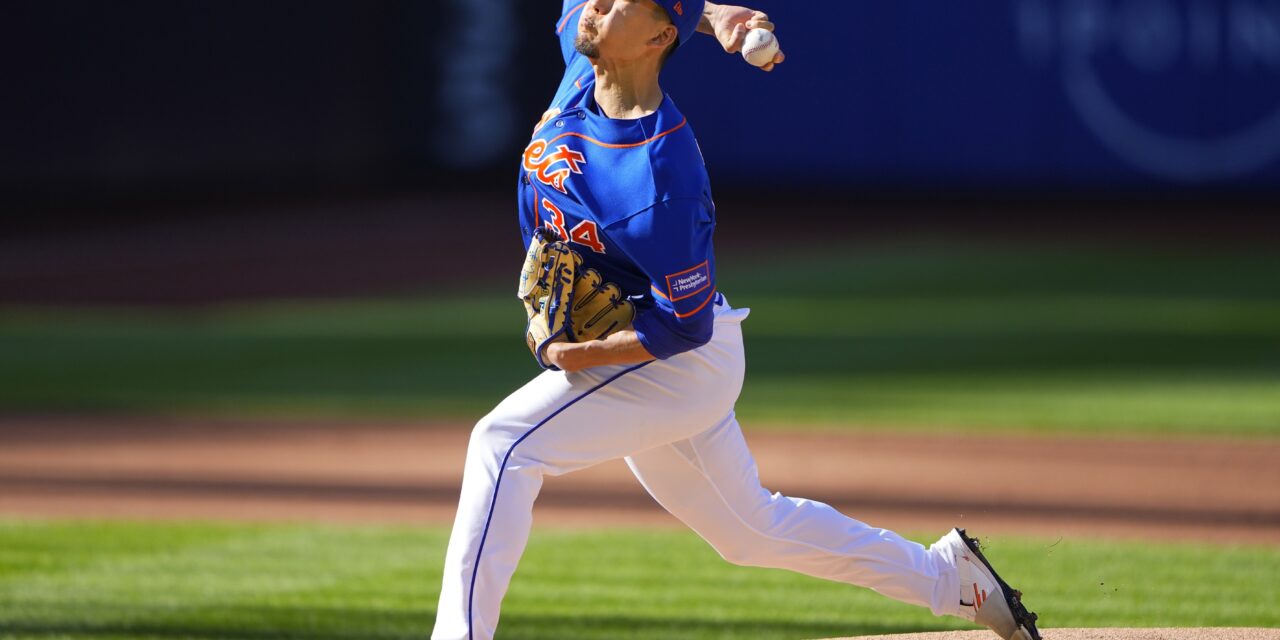As the Mets looked to win their four-game series against the Diamondbacks on Thursday, they turned to their ace Kodai Senga to get the job done. Heading into Thursday’s contest, Senga had not allowed four or more earned runs in a start since June 17th, so he was definitely the right man for the job. Consequently, he did not disappoint against the Diamondbacks on Thursday.
Senga, who has 11.07 strikeouts per nine innings this season, set the tone early with 10 strikeouts in his first five innings. He only allowed one hit during this time, a single to former Mets outfielder Tommy Pham.

Gregory Fisher-USA TODAY Sports
It took Senga until the sixth inning to show signs of being a human, when he walked two consecutive batters to load the bases with two outs. Luckily for Senga, he was able to escape trouble by generating a sharp lineup from Christian Walker that had an exit velocity of 103.6 mph.
Phil Bickford replaced Senga to begin the seventh inning.
Senga’s final line: 6 IP, 2 H, 0 R, 0 ER, 2 BB, 10 K
This performance ties him with former Mets’ pitcher Sid Fernandez for the single-season team record of six outings with six innings pitched and two or fewer hits allowed.
Despite putting up a commendable performance, Senga was not satisfied with the length he provided.
After the game, he said (through a translator), “To be honest, I wanted to go to the 7th and get through the 7th. I think that will continue my season into next year, I think it would develop me a lot.”
As a rookie who came from Japan, the Mets have adopted a very passive philosophy with their usage of Senga by making their best effort to allot him six days of rest in between starts to mimic his previous workload. That said, Senga likely had a little more energy left in the tank after throwing 103 pitches through six innings. On the flip side, the Mets are not in a pennant race, so a conservative approach to conclude Senga’s season can be seen as a way to ensure that he is healthy for the 2024 season.
Senga’s ghost forkball was extremely effective in this outing and has continued to be one of the best pitches in baseball this season. He used it 38 times, the most out of his repertoire, and he generated 11 whiffs on 19 swings with four called strikes (CSW% of 39 percent). Also, his fastball was very potent on Thursday, as he used it 33 times with an average spin rate of 2339 rpm, which is 63 units higher than his year average.
After this outing, Senga now has a 2.95 ERA for the season, with 191 strikeouts in 155 1/3 innings. When examining this from the perspective of the Mets, Senga has undoubtedly earned every penny of his $15 million salary by establishing himself as a useful piece. Not only has he been a revelation for the Mets, but he has emerged as one of the best pitchers in the entire league, with his 2.95 ERA ranking fourth among qualified starting pitchers this season.
All things considered, Senga has gained more traction in the National League Rookie of the Year and Cy Young Award conversations. Currently, Senga ranks fifth in the MLB for strikeouts per nine innings among qualified starting pitchers. While other pitchers are ahead of him in this statistic and others, he still has a chance to finish this season strong and surpass his competitors in the rankings.
He remained humble when asked for his opinion on his ability to take home the Rookie of the Year Award.
“I have no idea,” he said in a humorous tone.
Senga has a professional and likable demeanor to match his pitching prowess. The Mets hit the jackpot when they signed the Japanese pitcher to a five-year contract this past offseason. He seems to get better every time he pitches, so it will be exciting to see what he can accomplish going forward.
















